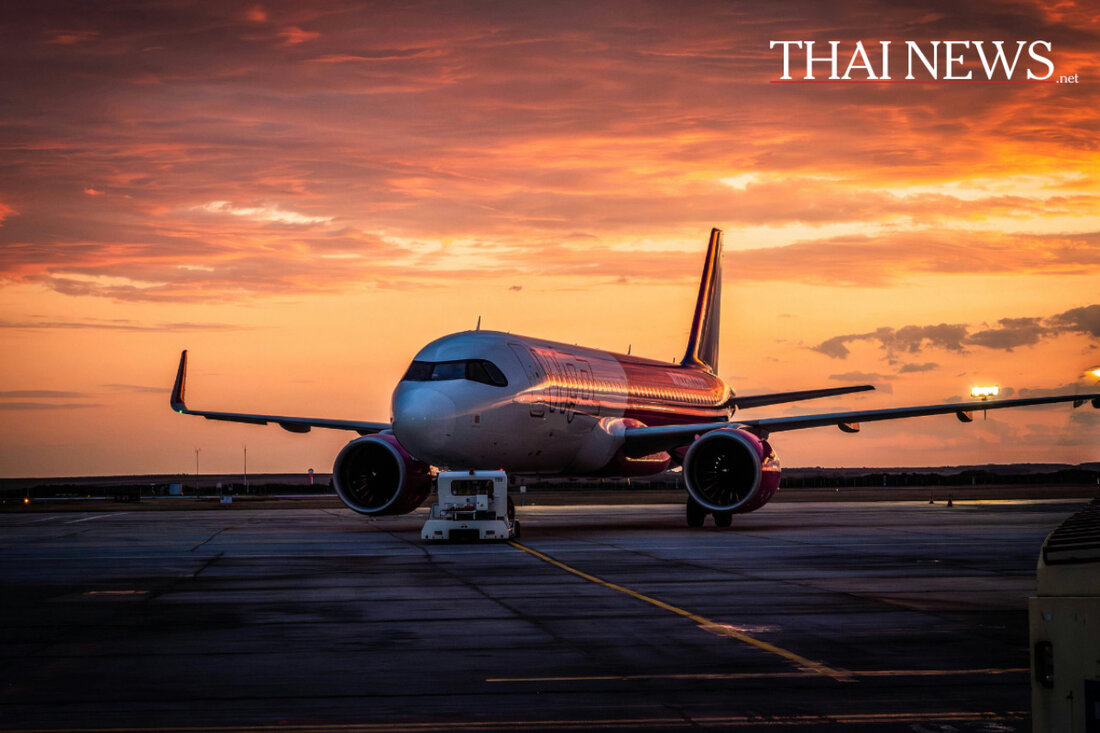THAI Airways: Record passenger numbers and new expansion plans!
Recent developments at THAI Airways and Nok Air show significant changes in the Thai aviation market by 2026.

THAI Airways: Record passenger numbers and new expansion plans!
What's happening in Thai aviation? A number of positive developments are putting domestic airlines in the fast lane, while at the same time strategic measures are intended to sustainably transform the industry.
Thai Airways International Public Company Limited (THAI) recently presented operating results highlighting passenger numbers for October 2012 at a board meeting chaired by Mr. Ampon Kittiampon. These rose by 8.2% to 1.71 million passengers, and the increase of 11% compared to the previous year is not to be sniffed at. The cabin factor reached a pleasing 73.5%.
Strategic realignment and expansion
A central point of the meeting was the strategic positioning of the various brands. THAI aims to be a premium carrier for long-haul flights, while its subsidiary THAI Smile focuses on the regional market. Nok Air is set to continue growing as a low-cost carrier, with plans to raise capital and possibly a new registration on the Stock Exchange of Thailand. This expansion could help the airline acquire additional aircraft and further expand its network.
Nok Air's plans were also recently examined in more detail in an exclusive interview by CEO Wutthiphum Jurangkool with Krunthep Turakij. A comprehensive rehabilitation strategy is currently being developed and is due to be completed by July 30, 2026. An important element of this strategy is the acquisition of six new Boeing 737-800 aircraft over the next four to five years.
- Geplante Fundraising-Initiative von 5 Milliarden Baht für 2025.
- Verhandlungen über zusätzliche Flugterminals am Suvarnabhumi Flughafen.
- Flottenstandardisierung zur Reduzierung der Wartungskosten.
- Erweiterung der Flugrouten, insbesondere nach Indien.
The airline currently has a healthy occupancy rate of 85% and forecasts 6 million passengers annually. Despite a delisting from the stock exchange, we see an opportunity to get back on our feet financially through restructuring and possibly return to the Thai stock exchange in the future.
The look into the future
How strong are the prospects for air transport in Thailand? The International Air Transport Association (IATA) speaks clearly. Thailand is expected to grow passenger numbers by 3.88% annually from 2024 to 2043, with real growth expected to begin in 2025. In the next two decades, Thailand could enter the list of top 15 global aviation markets.
Strategic infrastructure projects are essential to support this. An expansion of Suvarnabhumi Airport is seen as crucial for the growth of air traffic. This goes hand in hand with digitalization initiatives that are intended to improve passenger processes - for example through automated border controls.
IATA highlights the importance of aviation to the tourism sector, as 84% of tourists traveled to Thailand by air before COVID-19 and air transport contributes 7.4% to the country's GDP. Still, there are concerns that a new tourism tax could dampen passenger demand.
In summary, the Thai aviation industry is facing major challenges, but at the same time there are promising plans in the pipeline. Everyone involved is required to set the course for a successful future.

 Suche
Suche
 Mein Konto
Mein Konto
